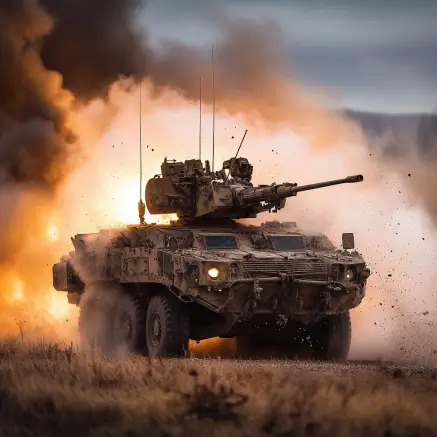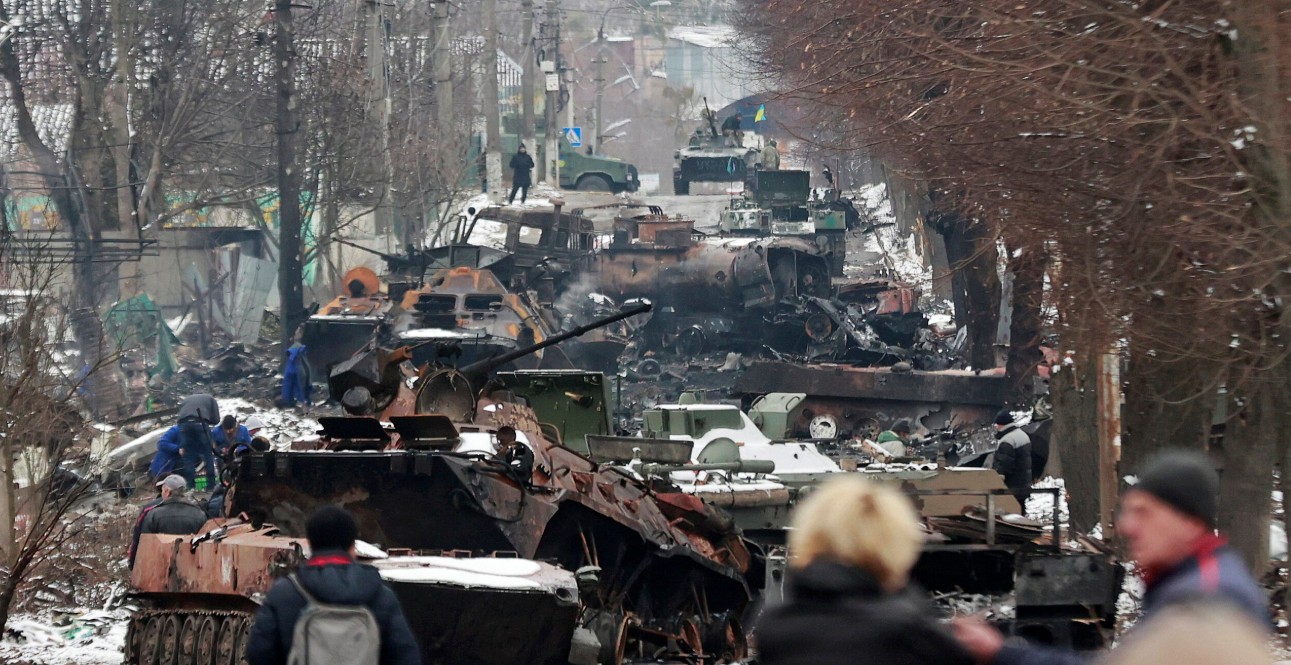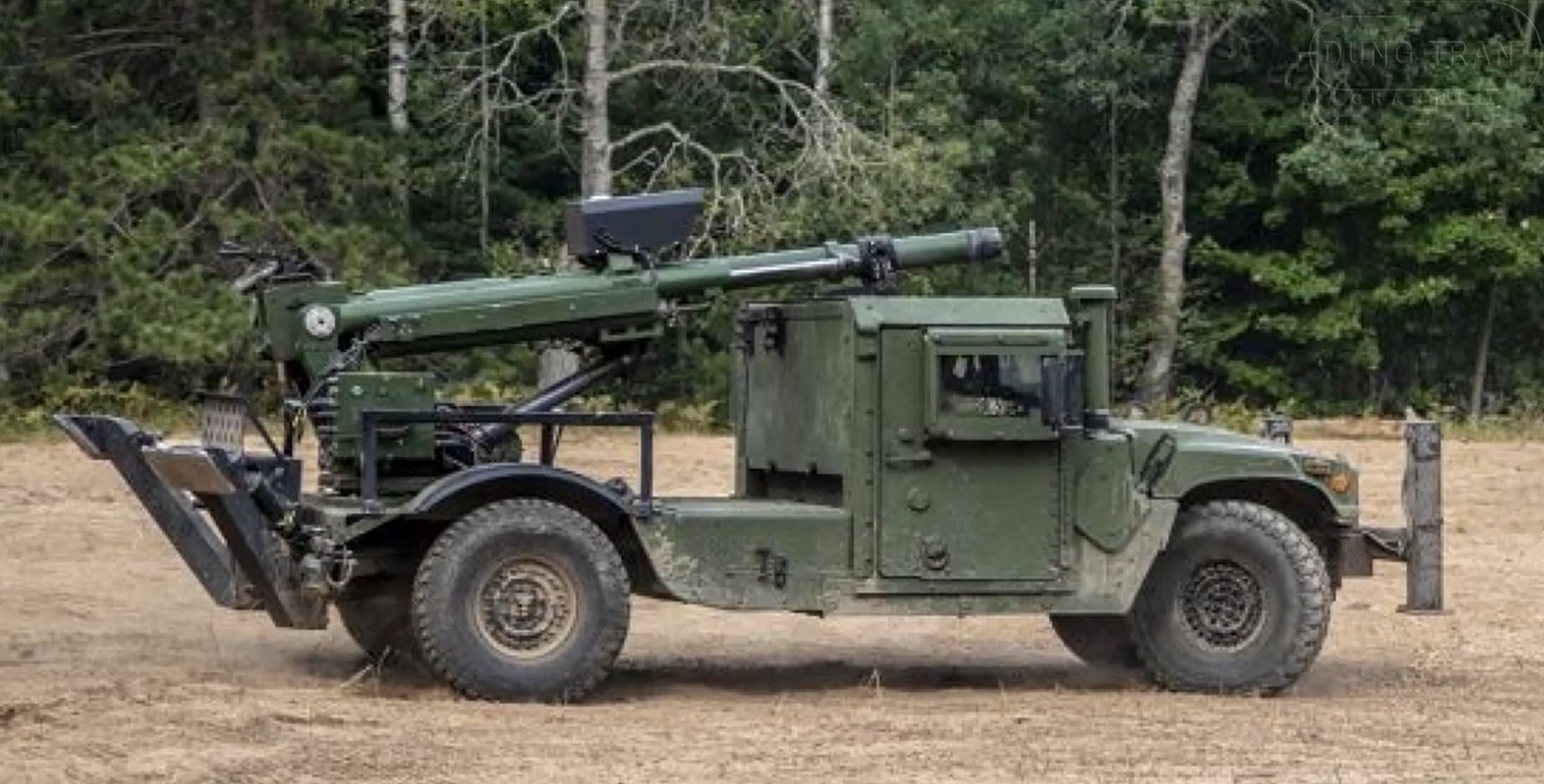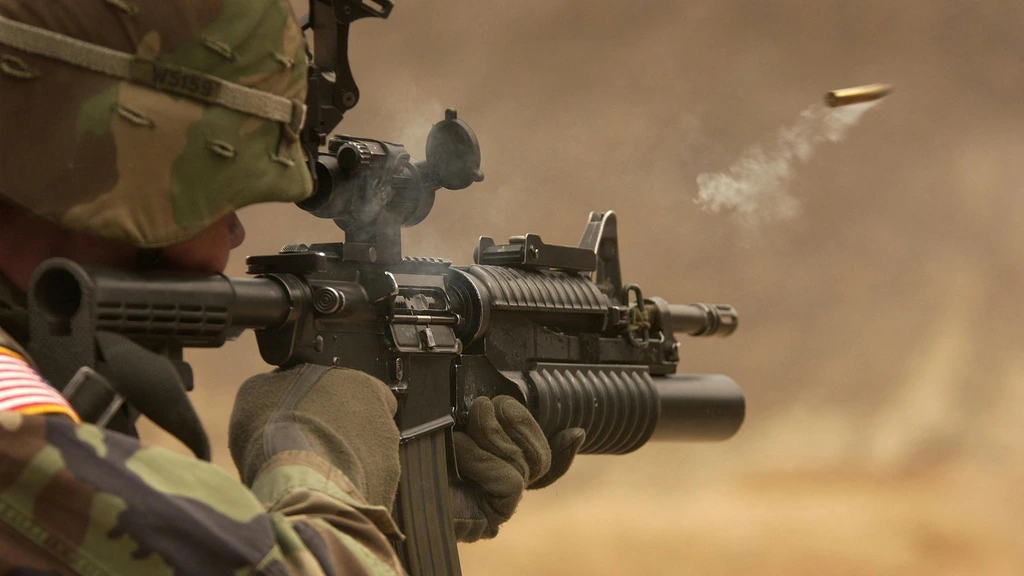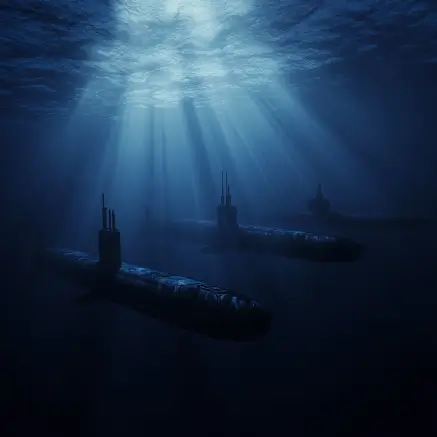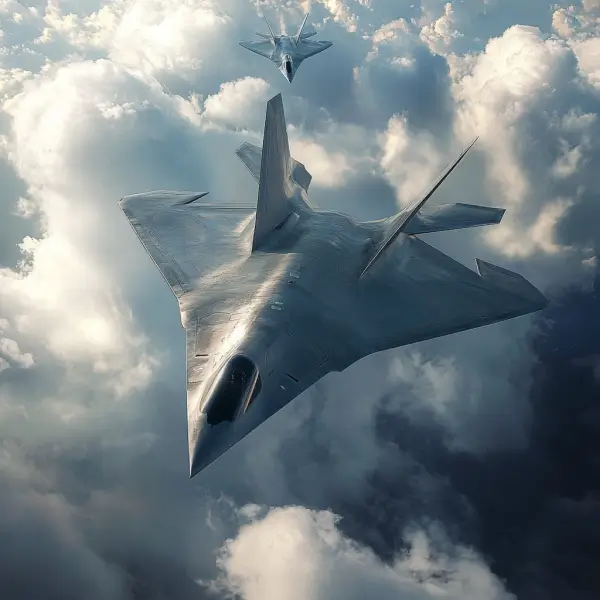The United States Army has long recognized the need for specialized vehicles and units to counter enemy armor. This led to the development of tank hunters, specifically designed to destroy enemy tanks and armored vehicles. These units have evolved significantly over the years, incorporating advances in technology and tactics.
World War II: The Birth of Tank Destroyers
During World War II, the U.S. Army introduced the concept of Tank Destroyer units. The M10 Wolverine was among the first dedicated tank destroyers, equipped with a 76mm gun capable of taking on the heavily armored German tanks. The need for such units became apparent as the war progressed, and engagements with German Panzer divisions intensified.
Primary Features of the M10 Wolverine:
| Feature | Specification |
|---|---|
| Main Armament | 76mm Gun M7 |
| Secondary Armament | .50 caliber M2 machine gun |
| Armor | Up to 3 inches |
| Engine | General Motors 6046 diesel |
| Speed | 30 mph (48 km/h) |
The Post-War Era and the Cold War
Following World War II, the proliferation of armored vehicles during the Cold War era necessitated continued development of tank hunters. The introduction of anti-tank guided missiles (ATGMs) marked a significant shift in anti-armor warfare. Vehicles such as the M901 ITV (Improved TOW Vehicle) became essential components in the Army’s arsenal.
Key Specs of the M901 ITV:
- Armament: BGM-71 TOW missile launcher
- Armor: Light steel plating
- Speed: 40 mph (64 km/h)
- Deployment: Capable of launching TOW missiles while stationary or on the move
Modern Tank Hunters and Anti-Armor Technology
In the modern era, the U.S. Army continues to innovate with advanced anti-tank weaponry and vehicles. One of the most notable developments is the introduction of the Stryker M1128 Mobile Gun System (MGS), designed to provide direct fire support against armored threats.
The Stryker MGS is equipped with a 105mm M68A2 rifled cannon, which offers significant firepower in a highly mobile platform. Its versatility and ease of deployment make it a critical asset in contemporary armored warfare.
Features of the Stryker M1128 MGS:
| Feature | Specification |
|---|---|
| Main Armament | 105mm M68A2 rifled cannon |
| Secondary Armament | M2 .50 caliber machine gun, M240 7.62mm machine gun |
| Armor | Modular ceramic composite |
| Engine | Caterpillar C7 diesel |
| Speed | 60 mph (97 km/h) |
Aside from dedicated tank hunters, the U.S. Army also utilizes advanced shoulder-fired missile systems. The FGM-148 Javelin is a prime example, offering infantry units the ability to engage tanks at significant distances with high precision. Its “fire-and-forget” technology allows soldiers to remain mobile and reduces exposure to enemy fire.
Key Features of the FGM-148 Javelin:
- Range: 2,500 meters
- Warhead: Tandem HEAT (High-Explosive Anti-Tank)
- Guidance System: Infrared homing
- Weight: 22.3 kg (system), 6.4 kg (missile)
The Future of Anti-Tank Warfare
Looking ahead, the U.S. Army continues to invest in the future of tank hunters and anti-armor technology. Research and development are focused on next-generation systems capable of neutralizing both current and future armored threats. Hypersonic missiles, advanced drones, and directed energy weapons are among the technologies being explored to enhance the Army’s anti-tank capabilities.
The integration of artificial intelligence and machine learning is also expected to play a pivotal role in future tank hunting operations. These advancements may enable autonomous or semi-autonomous systems that can identify and engage targets with unprecedented speed and accuracy.
In summary, the evolution of the U.S. Army’s tank hunters highlights both technological advancements and strategic insights gained over decades of armed conflict. From the early days of the M10 Wolverine to the cutting-edge potential of AI-driven systems, the mission to neutralize enemy armor remains a critical component of modern military operations.
